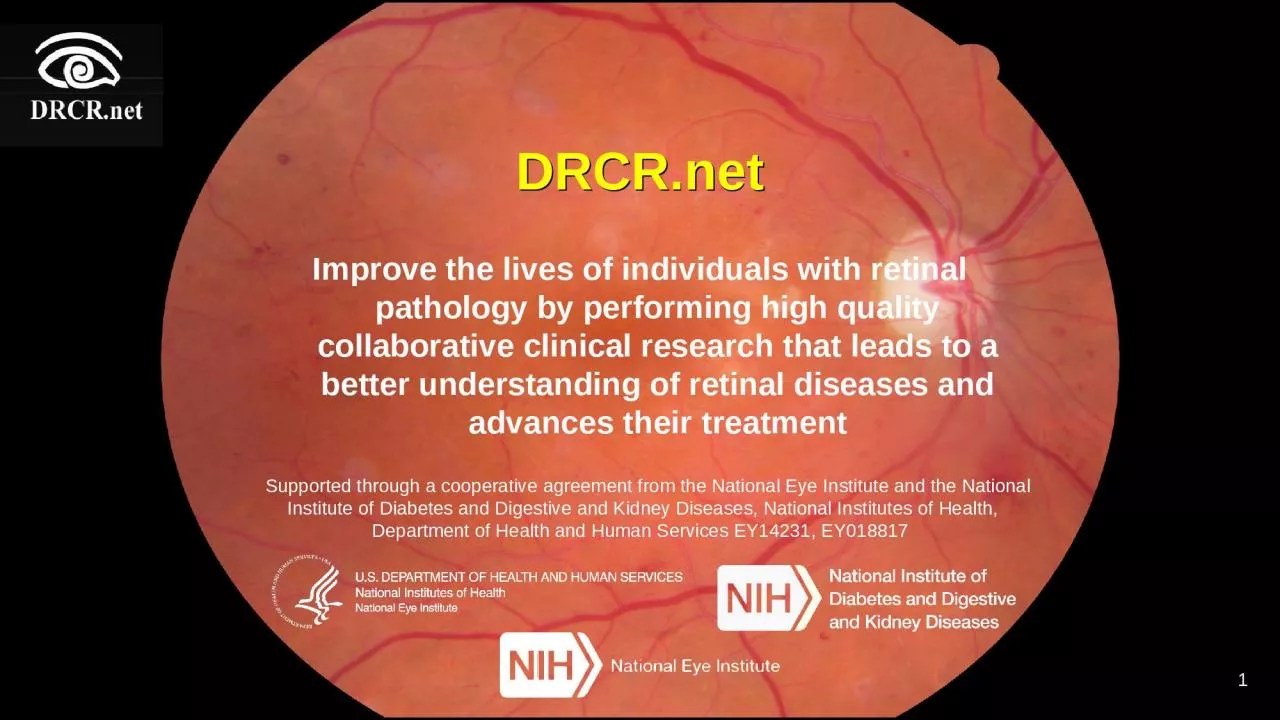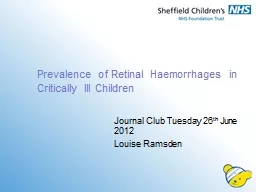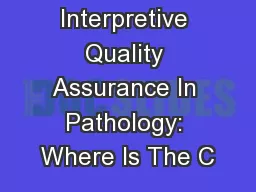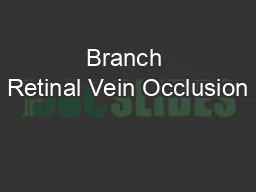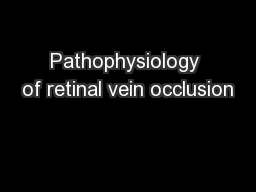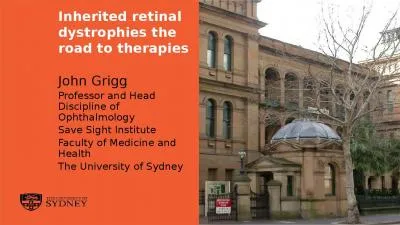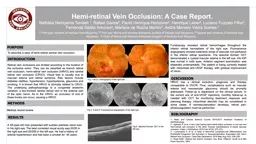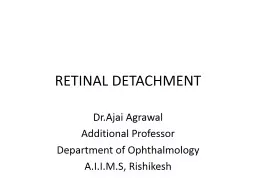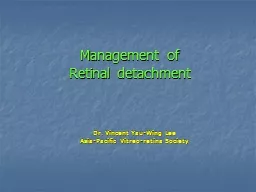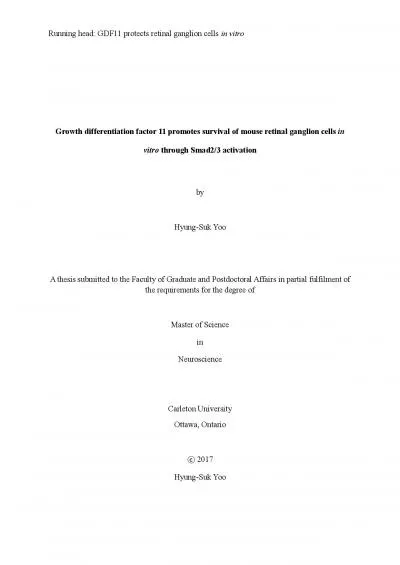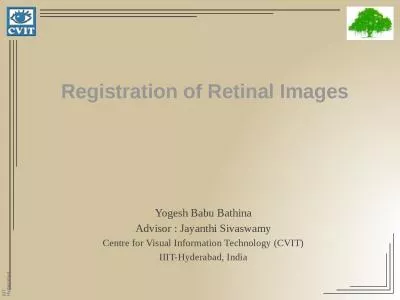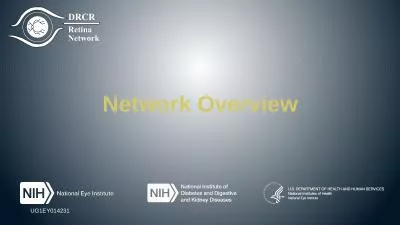PPT-DRCR.net Improve the lives of individuals with retinal pathology by performing high quality
Author : madison | Published Date : 2024-03-13
that leads to a better understanding of retinal diseases and advances their treatment Supported through a cooperative agreement from the National Eye Institute
Presentation Embed Code
Download Presentation
Download Presentation The PPT/PDF document "DRCR.net Improve the lives of individual..." is the property of its rightful owner. Permission is granted to download and print the materials on this website for personal, non-commercial use only, and to display it on your personal computer provided you do not modify the materials and that you retain all copyright notices contained in the materials. By downloading content from our website, you accept the terms of this agreement.
DRCR.net Improve the lives of individuals with retinal pathology by performing high quality: Transcript
Download Rules Of Document
"DRCR.net Improve the lives of individuals with retinal pathology by performing high quality"The content belongs to its owner. You may download and print it for personal use, without modification, and keep all copyright notices. By downloading, you agree to these terms.
Related Documents

